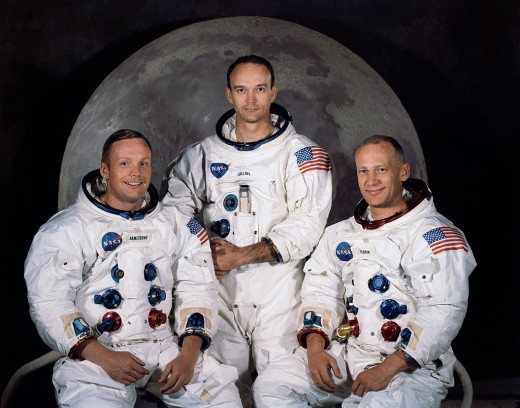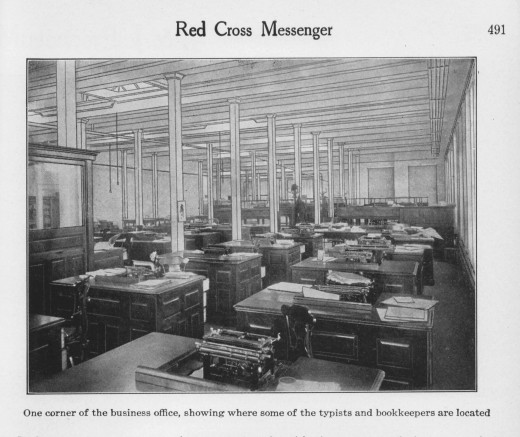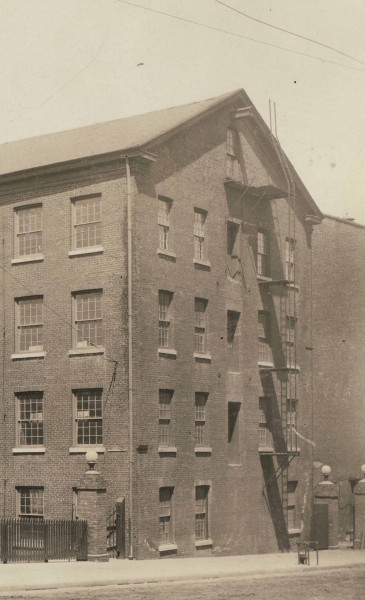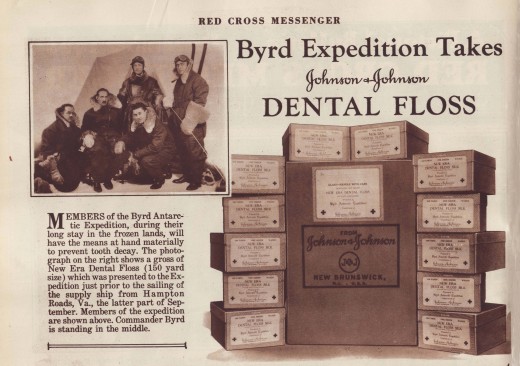From Outer Space to the Antarctic: More Cool Things You Didn’t Know About Johnson & Johnson

1. Today (July 16) is the 45th anniversary of the Apollo 11 mission, which landed human beings on the moon for the first time. But did you know that BAND-AID® Brand Adhesive Bandages were part of the medical kit on the Apollo 11 command module? Here’s a photo of the open medical kit – with its BAND-AID® Brand Adhesive Bandages clearly visible – on the Smithsonian’s National Air and Space Museum website.
2. The Apollo 11 mission wasn't the first time that BAND-AID® Brand Adhesive Bandages went into space – they also accompanied the Mercury astronauts in 1963, and Johnson & Johnson First Aid products orbited the moon with the Apollo 8 astronauts in 1968.

3. Johnson & Johnson had a computer in its offices in 1916. Wait… a computer? Well, sort of. It was a “computing machine” that used punch cards to keep track of sales data. Here’s how a visiting retail pharmacist described it: “On the third floor I saw the addressing and statistical departments. Here I witnessed mechanical bookkeeping for the first time. By punching holes in cards, by machinery, and running these cards through a computing machine, like the government uses when it counts noses at census time, Johnson & Johnson are able to keep accurate account of the volume of each kind of products sold in any given territory. “ [RED CROSS® Messenger, Vol. VIII, Nos. 9 & 10, March, 1916, “Four Floors of Brains and Energy," p. 490.] So what was this mystery machine? Probably something a lot like this, one of the forerunners of the modern computer.

4. In 1908, Johnson & Johnson had its own fire department, consisting of employees located in every building and department. All buildings had automatic fire sprinklers, and hose-houses occupied numerous places throughout the Johnson & Johnson campus. [RED CROSS® Messenger, Vol. I, No. 5, September 1908, p. 50.]

5. BAND-AID® Brand Adhesive Bandages and First Aid Kits are not the only adventurous products from the Johnson & Johnson Family of Companies. In 1928, the members of Admiral Byrd’s legendary First Antarctic Expedition (1928-1930) brought Johnson & Johnson Dental Floss with them so that they could take care of their teeth while on expedition to the Antarctic.

If I recall well the astronauts also carried Immodium to the moon, that was part of an add in Belgium.....